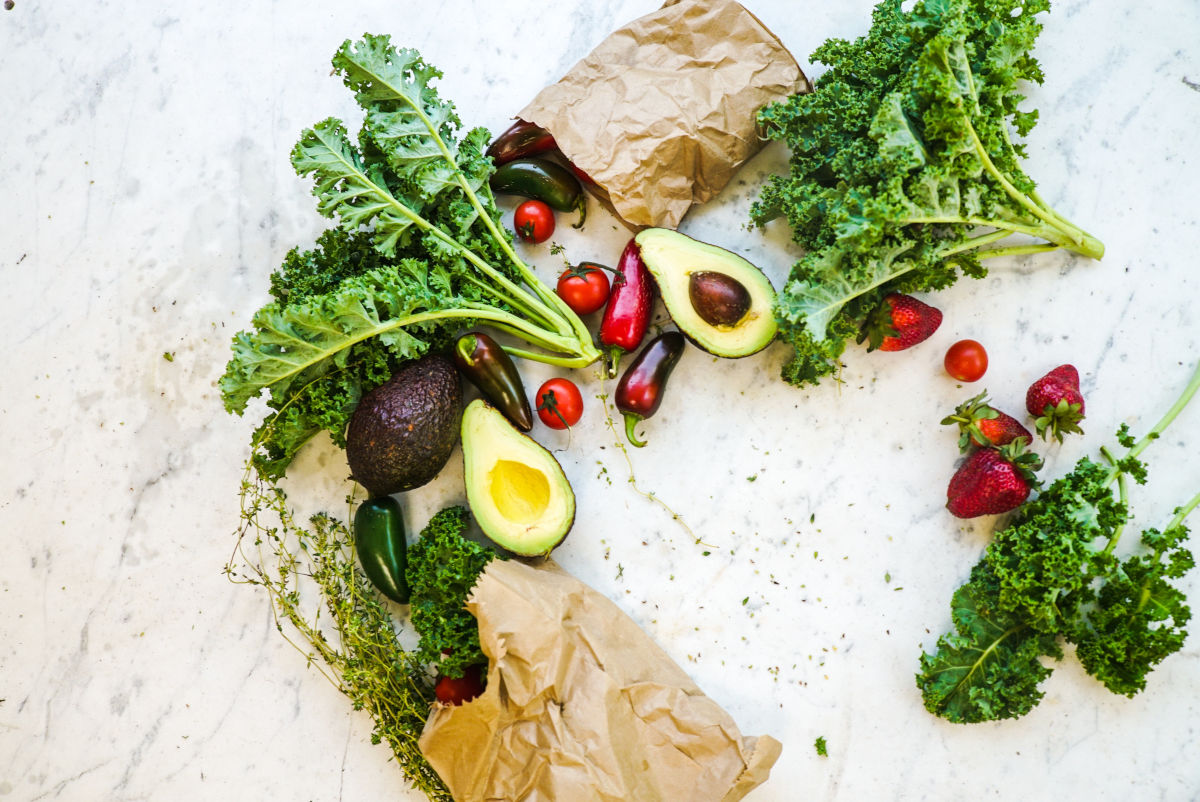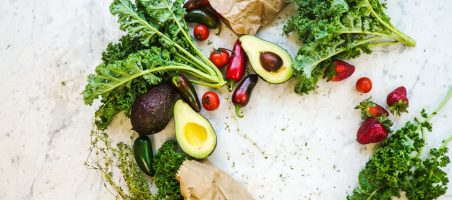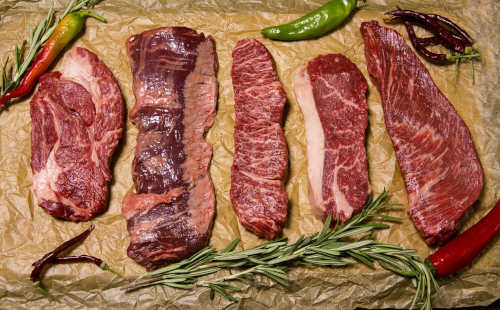Keto Diet – What is it?
The keto diet (or ketogenic diet) is a low carb/high fat diet. When done correctly, the keto diet puts the body into ketosis. Once in ketosis, the body burns fat instead of carbs as its primary fuel. This is the key to losing weight on the keto diet. When you create a calorie deficit, limiting carbs forces the body to burn the fat you eat and then dip into fat stored in the cells (like those love-handles) for fuel.
Some of the links in this post are affiliate links. If you click the links and make a purchase, I will earn a small commission at no additional cost to you.
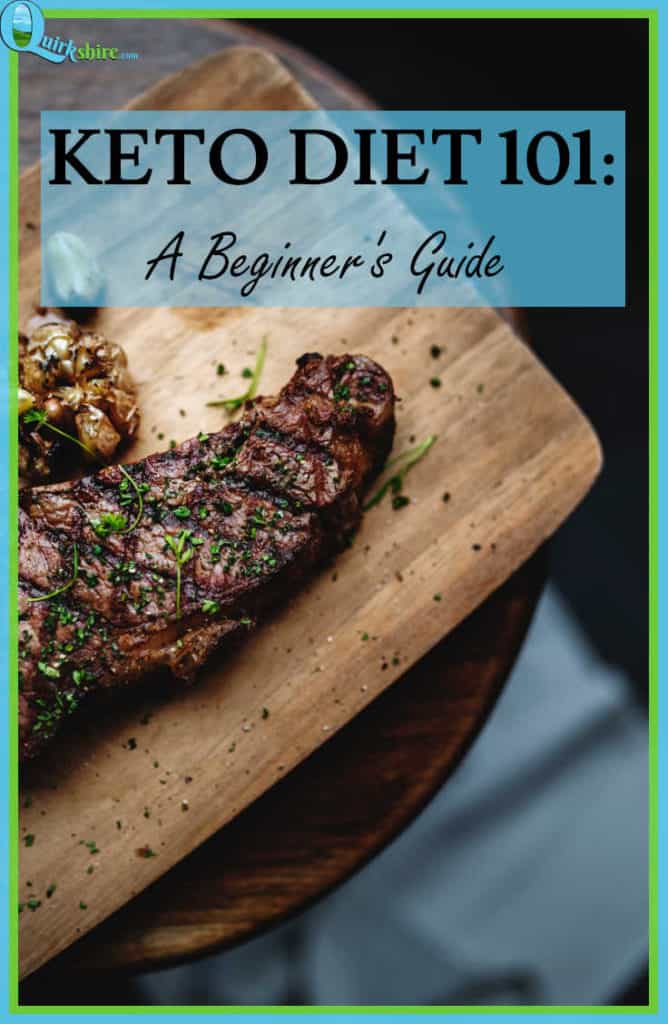
Benefits of the Keto Diet
Once the body has adapted to the diet, it will become efficient at burning fat and you will be a fat burning machine. You will then notice benefits like:
- lose weight easily while burning more fat
- feel less hungry / feel fuller longer between meals
- have more energy – no more mid-afternoon slumps
- think more clearly and stay focused – no more brain fog
- fewer cravings for junk food and sugar
- repair slow/stalled metabolism
- potentially resolve or help improve health conditions like insulin resistance, type 2 diabetes, high cholesterol, and inflammation
Before beginning any diet, it’s always a good idea to talk with your doctor first.
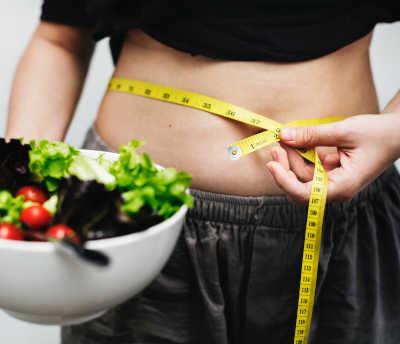
Macro breakdowns for the Keto Diet
On the keto diet, it’s important to keep track of the macronutrients you’re eating each day. I like to use a calorie tracker like myfitnesspal.com because it lets me customize my macros by percentages.
In general, on the keto diet, your macros should be as follows:
- carbs: 20-30g to start (5-10% of total calories)
- protein: 0.6x – 1x body weight in pounds (15-30% of total calories)
- fat: remaining percentage to meet 100% of your total calories (60-80%)
The easiest way to set this up is to use a calorie calculator to get your daily calorie allowance for weight loss, then customizing your macro percentages in a calorie tracker like myfitnesspal.com. Alternatively, you could use a keto calorie calculator to generate daily calorie allowance and macro recommendations.
When you use the calorie calculators, you should choose a reasonable calorie deficit – somewhere between 15% and 25%. It’s not recommended to go over a 25% deficit. For reference: to lose 1 pound per week, you need a calorie deficit of 500 calories.
Why is it important to limit carbs?
Limiting carbs is the only way to force the body into ketosis. When there aren’t enough carbs for the body to burn for energy, it switches into ketosis, where it begins burning fat for energy. The body will first burn off fat you’ve eaten, and then dip into fat stored in cells. The secret is to maintain a calorie deficit while keeping carbs low. This keeps the body in ketosis and forces it to break down fat stores for energy.
If you’re interested in learning the science behind the biochemical processes that happen in ketosis, check out this post by ketoschool.com. It takes a deep dive into the biochemical reactions happening in the body during ketosis. It’s a very interesting read!
How to start your Keto Diet
First option: use the calorie calculator to determine your daily calorie allowance with deficit for weight loss. Then use a calorie tracker app like myfitnesspal.com to enter the calorie allowance and tweak your macro percentages to fall within the recommended ranges above.
Second option: use the keto calorie calculator to determine everything including your daily calorie and macro allowance. Enter these into a calorie tracker app like myfitnesspal.com
Once your calorie tracker is setup, enter your foods into it each time you eat. Choose foods that meet your macro needs. These are typically low-carb veggies, a small amount of fruit, fatty meat cuts, and full fat dairy.
Stick to the diet – avoid junk foods and other high-carb foods like pasta, bread, and starches. If cravings hit, seek out a keto-friendly recipe to fulfill that craving. Be patient – give yourself time to adapt!
Quick Food Guide to Get Started
On the keto diet, you will need to limit carbs, eat a moderate amount of protein, and a high amount of healthy fats. The easiest way to do this is avoid carbs that come in a box or bag and add healthy fats.
Carbs to avoid include pasta, rice, bread, chips, crackers, and high-carb or starchy veggies like potatoes.
Good healthy fats for the keto diet include avocado, olive oil, coconut oil, real butter, high-fat cheese, high-fat nuts (like macadamias), seeds (like chia and flax), high-fat creams like sour cream, cream cheese and heavy cream, and dark chocolate.
Find more info about what foods to eat on the keto diet, check out this post.
Suggestions for simple ways to swap high carb foods for keto friendly foods is outlined in this post.
For protein, if you can choose protein sources that also have high fat content, such as some beef cuts (ribeye, skirt steak, and85% ground beef), and fattier chicken cuts (like thighs), it helps add fat to the diet without going over your protein allowance.
What to do when you have a craving
Don’t let a craving of your favorite food ruin your progress! There are tons of adapted recipes available that will help you satisfy the craving without cheating on your diet. Check out my keto recipes while you’re here!
This keto stromboli is a family favorite that’s fast and easy to make!
Signs that you’re in ketosis
The time it takes to get into ketosis can vary, but is typically somewhere around 3 days to a week. Here are some signs that you’re in ketosis:
- rapid weight loss for the first week (this is often water weight)
- bad or fruity smelling breath
- reduced appetite – you feel less hungry than usual
- increased energy
- thinking more clearly or have better focus
- increased thirst
- increased ketones in blood, breath, or urine
Ways to measure ketone levels
Blood testing is the most accurate measurement, but it requires using a meter and sticking your finger to get a drop of blood. There are many ketone blood meters available for purchase over-the-counter or online.
Urine and breath testing is more convenient, but a bit less accurate. It relies on reading excess ketones that are spilling into urine or measuring the level of ketones you exhale. Urine strips can be used to quickly and easily check the level of ketones in your urine. Breath meters can check the level of ketones in your breath.

Keto Flu when starting Keto Diet
When you first begin the keto diet, your body has to adapt to using fat for fuel. During this adaption phase, you may feel icky at first. Hang in there – these not-so-pleasant symptoms are only temporary and usually subside within a few days. Although it’s called keto flu, it’s not actually a virus or sickness. It’s just fondly called the keto flu because the symptoms you feel can resemble the actual flu. You may experience one or a few of these symptoms at first:
- fatigue
- low energy
- irritability
- general weakness
- muscle soreness
- nausea
- sugar cravings
- headaches
- brain fog
Get rid of the Keto Flu fast
Here are some things that you can do to get past the keto flu symptoms faster:
- drink lots of water
- keep electrolytes balanced – eat leafy greens, avocados, and salt your food
- avoid exercise or other strenuous activity until symptoms subside
- get a bit more sleep to decrease fatigue and irritability
- make sure you’re eating enough fat to give the body its new fuel
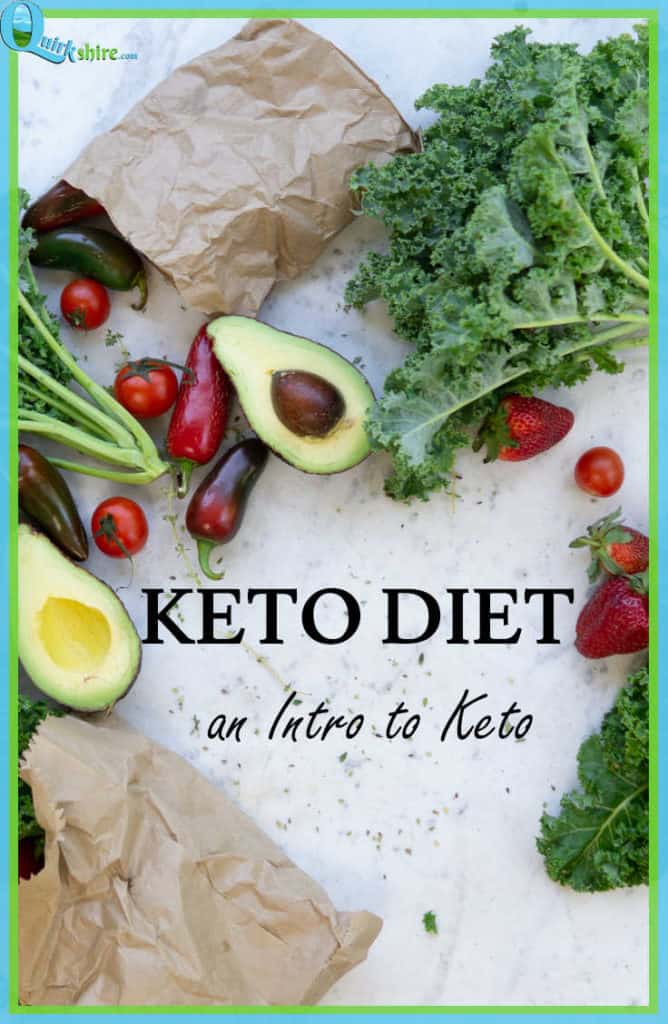
I hope that you find this post helpful in beginning your keto diet journey! Share your story with us – I’d love to know how you’re doing with the diet!

